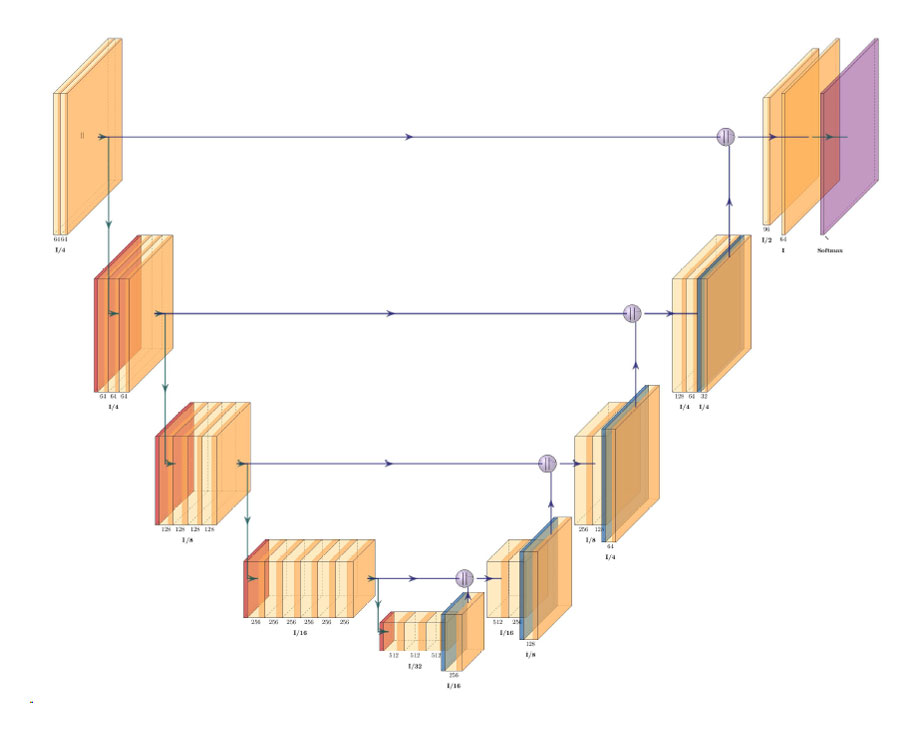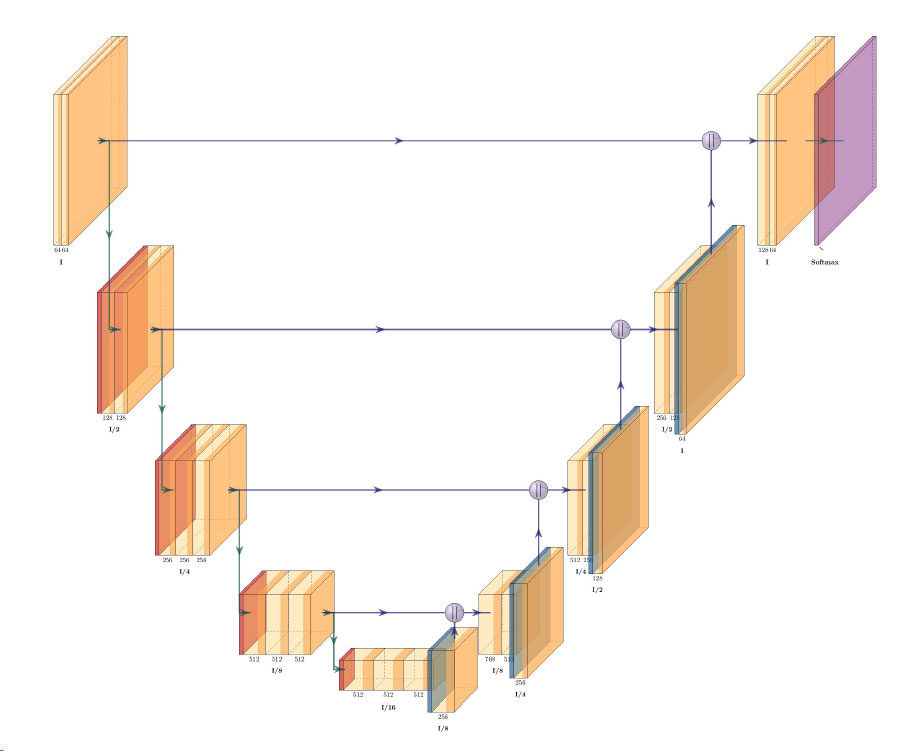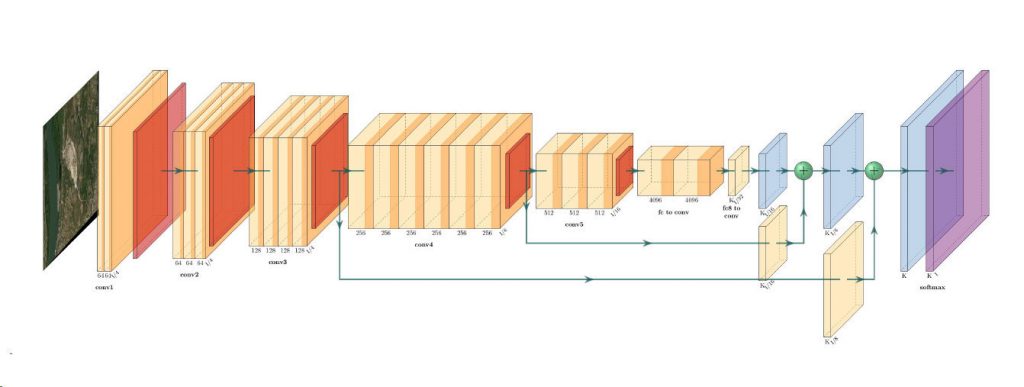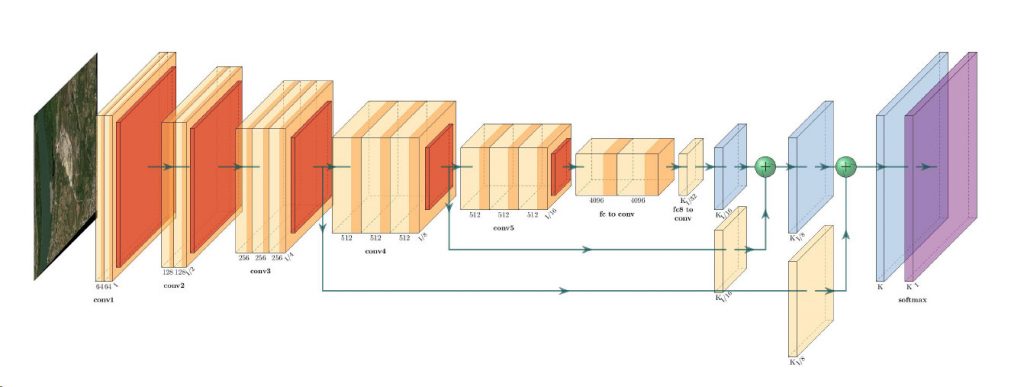FIFA World Cup 2018 Stadiums As Seen From Space
- European Space Imaging
The FIFA World Cup 2018 tournament will kick off in Russia tomorrow and to celebrate this great sporting event European Space Imaging have released satellite images showcasing each stadium from a birds-eye perspective.
The images were captured with DigitalGlobe satellites WorldView-3 and WorldView-4 at true 30 cm spatial resolution – the highest resolution currently commercially available. This allows football fans a unique view of where the 64 games that will decide this summer’s World Cup will be played.
The matches will be played across 12 stadiums, six of which were specifically built for the games costing almost €1.5 billion. It is expected that up to 1 million fans from all over the world will visit Russia for the tournament.
“No other satellite provider is able to provide imagery at true 30 cm resolution so it is very exciting to be able to share these detailed images of the World Cup Stadiums with football fans ” said Adrian Zevenbergen, European Space Imaging’s Managing Director.
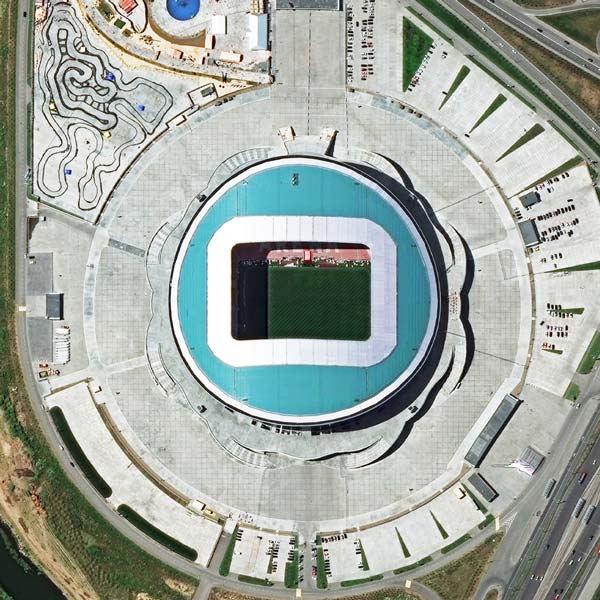
Kazan Arena, Kazan | WorldView-3 | © DigitalGlobe – supplied by European Space Imaging
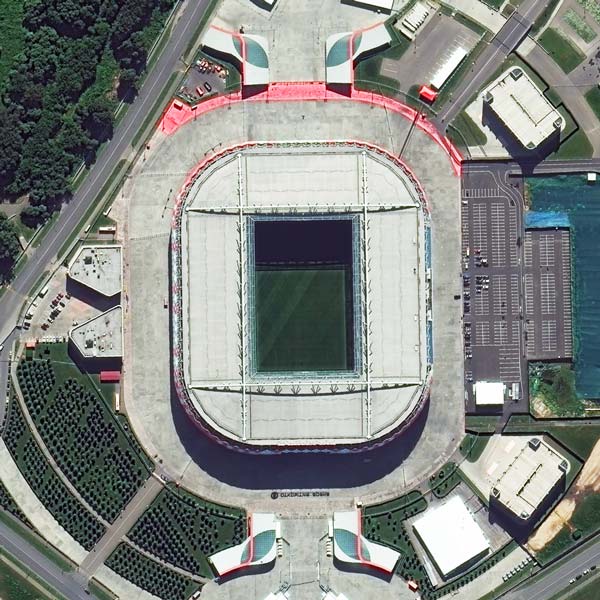
Spartak Stadium, Moscow | WorldView-3 | © DigitalGlobe – supplied by European Space Imaging
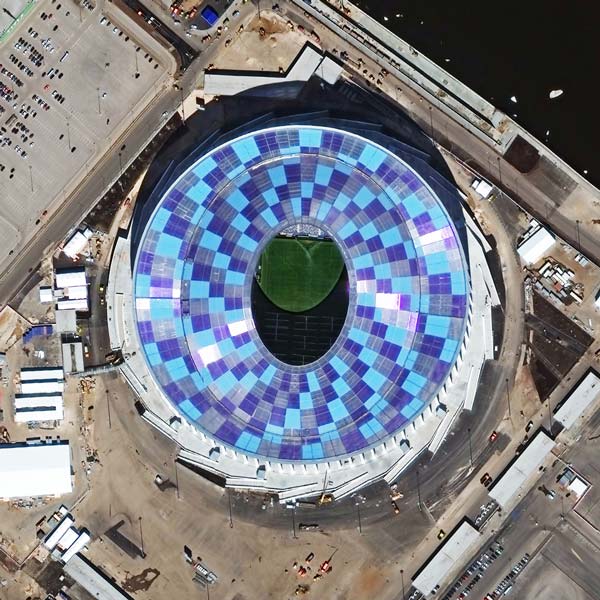
Nizhny Novgorod Stadium, Nizhny Novgorod | WorldView-3 | © DigitalGlobe – supplied by European Space Imaging
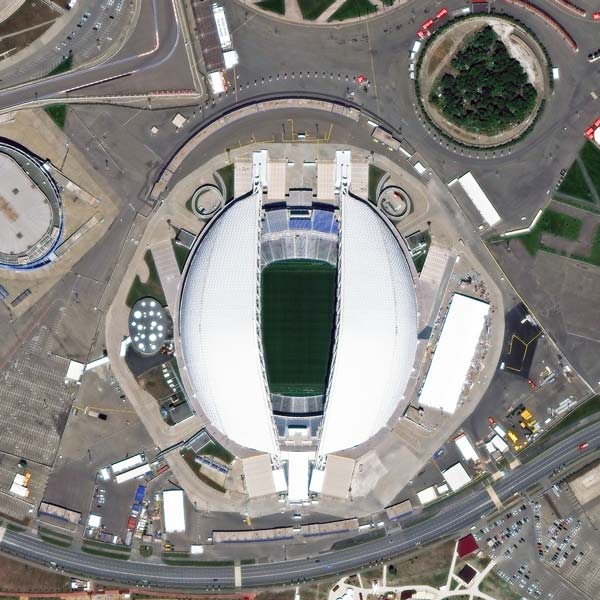
Fisht Stadium, Sochi | WorldView-3 | © DigitalGlobe – supplied by European Space Imaging
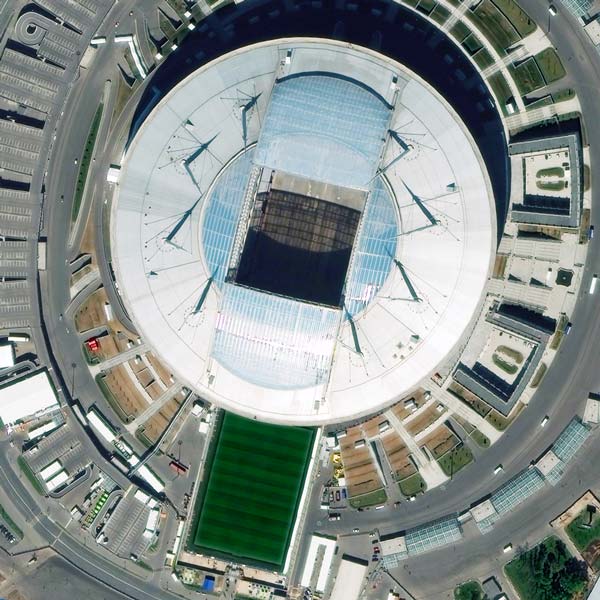
Saint Petersburg Stadium, St Petersburg | WorldView-3 | © DigitalGlobe – supplied by European Space Imaging
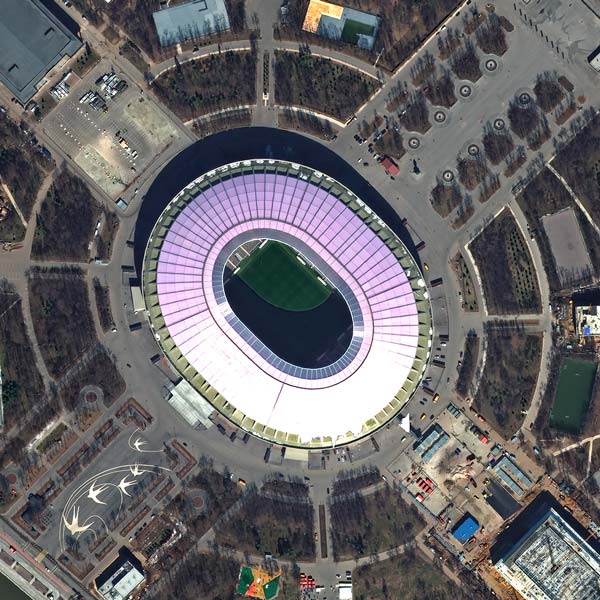
Luzhniki Stadium, Moscow | WorldView-3 | © European Space Imaging
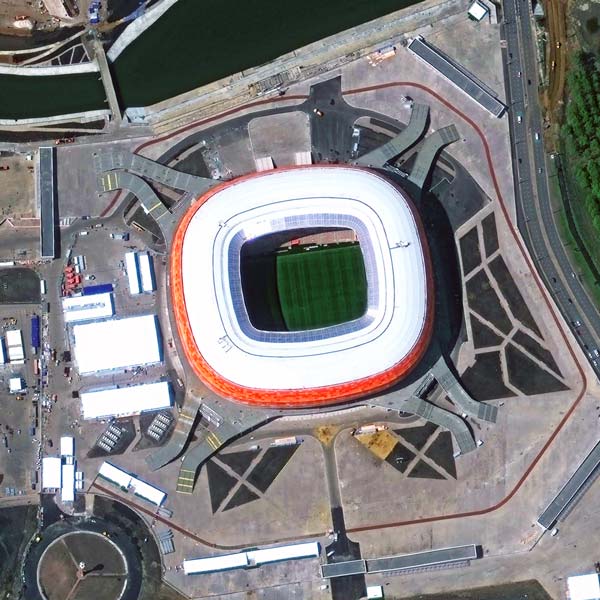
Mordovia Arena , Saransk | WorldView-3 | © DigitalGlobe – supplied by European Space Imaging
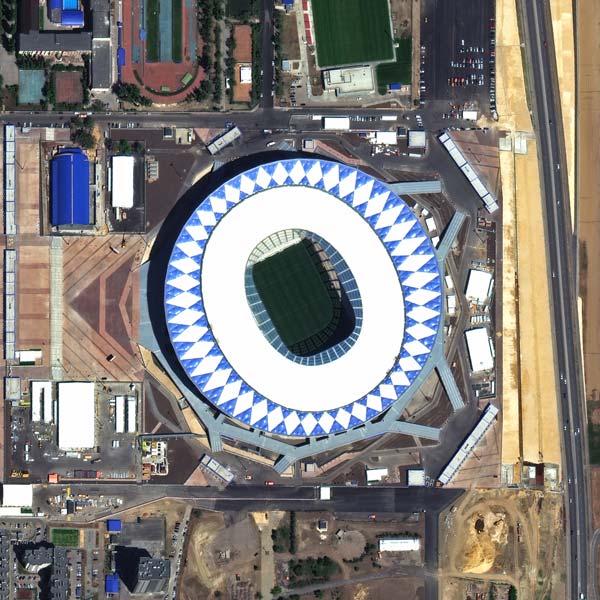
Volgograd Stadium, Volgograd | WorldView-3 | © DigitalGlobe – supplied by European Space Imaging
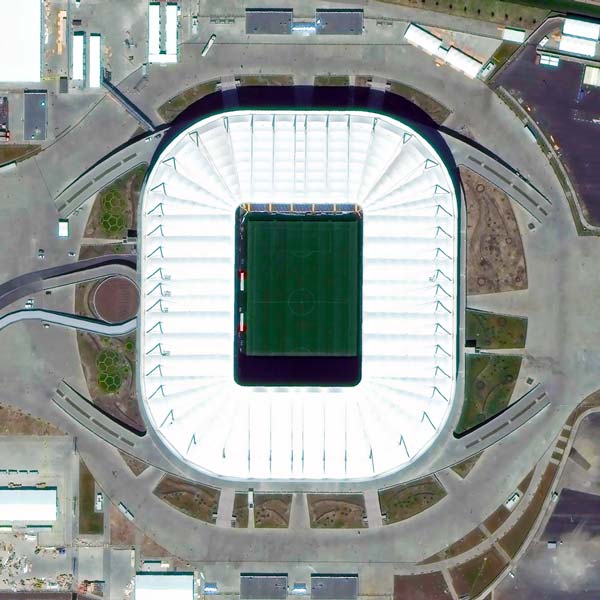
Rostov Arena, Rostov-on-Don | WorldView-3 | © DigitalGlobe – supplied by European Space Imaging
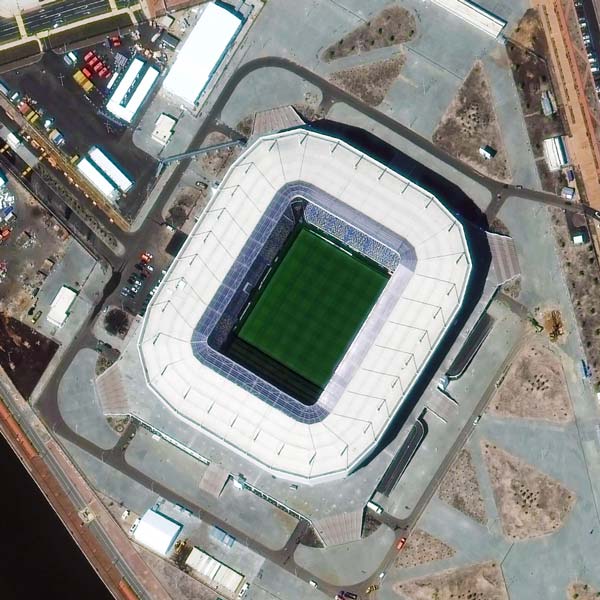
Kaliningrad Stadium, Kaliningrad | © DigitalGlobe – supplied by European Space Imaging
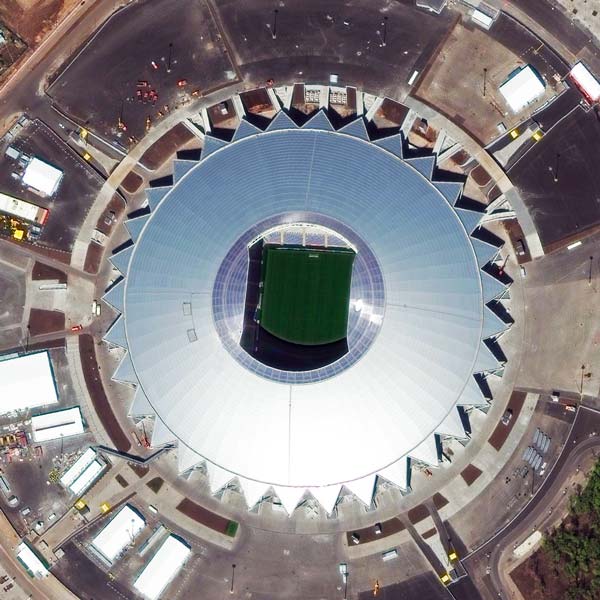
Samara Arena, Samara | © DigitalGlobe – supplied by European Space Imaging
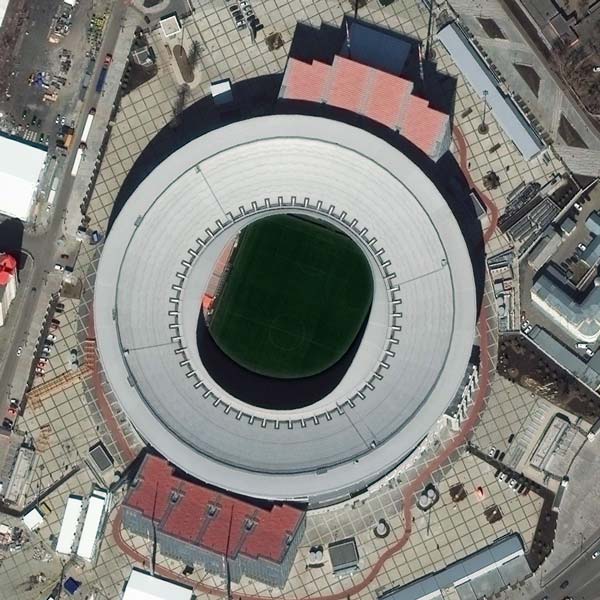
Ekaterinburg Arena, Ekaterinburg | © DigitalGlobe – supplied by European Space Imaging
Related Stories
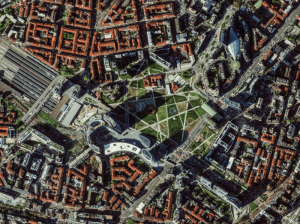
Europe’s Green and Digital Transformations with 25 Years of VHR Satellite Archive Data
Planning Europe’s future without knowing its past is impossible. The European Green Deal, Horizon Europe, the EU Biodiversity Strategy for 2030 and other policies all demand one thing: evidence. Not just today’s data, but years of history that show how our cities, forests, and coastlines have changed.
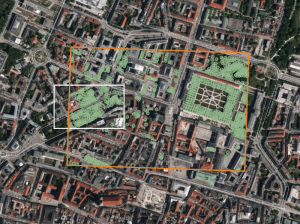
AI Uses 15 cm Satellite Images to Cut Costs and Increase Scalability in Forest Management and Urban Forestry
Forest managers across Europe face an impossible task: monitor millions of hectares with shrinking budgets while meeting increasingly strict EU environmental targets. But with the rise of AI and satellite technology, they now have new solutions at their disposal – smarter, cheaper, and more scalable – to monitor forest health, automate tree inventories, and plan sustainable logging. In this article, we introduce one of these solutions: an AI forestry algorithm developed by Arboair using 15 cm satellite data from EUSI.

GEOSeries: Extracting Insights From High Resolution SAR Imagery for Time-Sensitive Analysis
In this webinar, industry experts and advanced users of Umbra SAR data showcase how they transform SAR imagery into actionable insights in real-world mapping, monitoring and intelligence applications. See how NV5 and Umbra leverage ENVI SAR Essentials for advanced processing with time-efficient results, converting analytics into valuable intelligence.
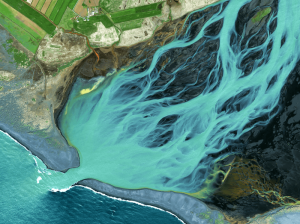
Using Satellite Imagery to Build Water Resilience Across Europe
Water across Europe is facing severe pressure. Climate change, urbanisation, agricultural demands and other sources of pollution are threatening water security and creating critical challenges that need to be addressed. We have to act quickly, build stronger systems and create sustainable water resilience practices – so that both natural ecosystems and human communities can thrive. Here is how satellite imagery from EUSI can help.


